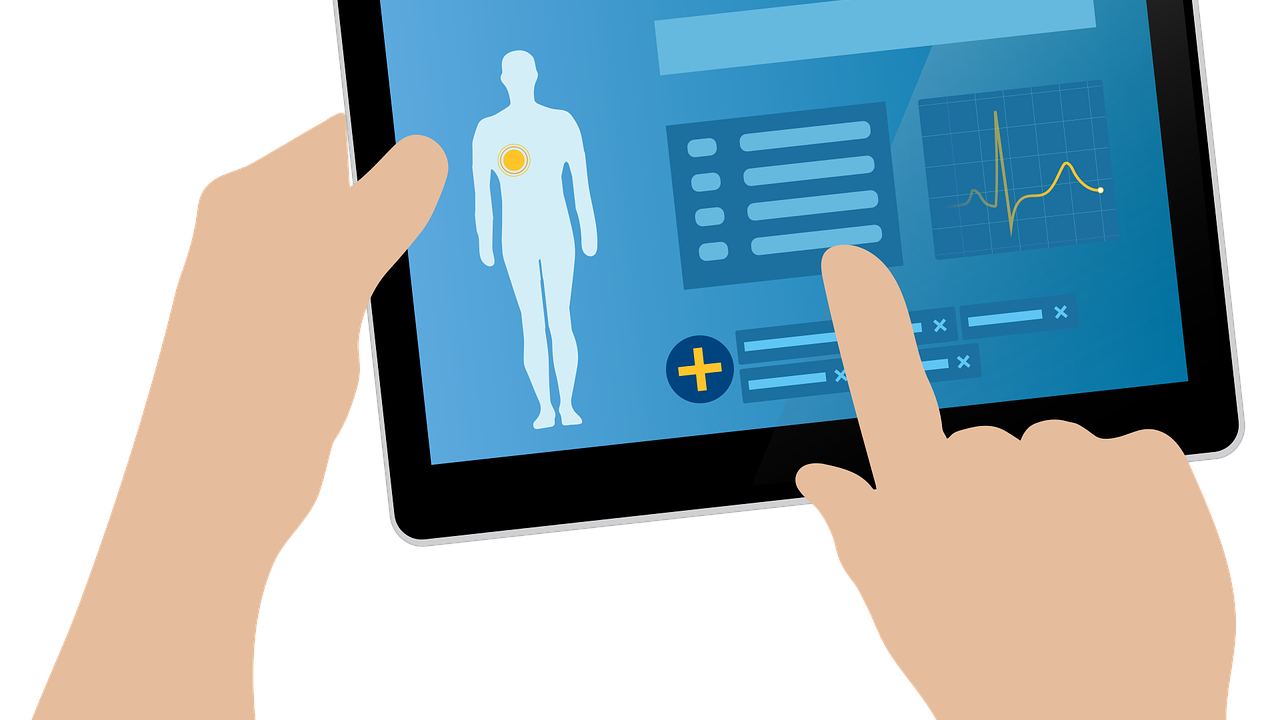
THE HEALTH PROBLEMS OF greatest significance today are the chronic diseases. . . . The extent of chronic diseases, various disabling conditions, and the economic burden that they impose have been thoroughly documented. Health education and health educators will be expected to contribute to the reduction of the negative impact of such major health problems as heart disease, cancer, dental disease, mental illness and other neurological disturbances, obesity, accidents, and the adjustments necessary to a productive old age.
The new and unique role of health education in helping to meet these problems can perhaps be clarified through a review of some of the differences between procedures that have been successful in solving the problems of the acute communicable diseases and those that are available for coping with today’s problems.
DISEASE PREVENTION
The tools for dealing with the health conditions of today are not as specific and precise as those that have been available for the contagious diseases. The medical and sanitary sciences have provided public health workers with specific measures for prevention of these diseases—vaccination, immunization, safe water and milk supplies, sanitary sewage disposal, and insect vector control. When properly utilized, these measures have protected people from the several communicable diseases. But even in situations in which individuals do not avail themselves of these protective measures and contract a given disease, there are antibiotics and other chemotherapy agents that are specific and effective. No such specifics exist for preventing the chronic diseases, the degenerative conditions of old age, or accidents.
Medical science has, however, made possible the prevention of the more serious consequences of many of the chronic diseases. . . . No specific preventive is available for accidents or obesity other than changes in behavioral patterns.
Closely related to the lack of specific and precise methods of dealing with the chronic diseases is the difference in the manner in which these diseases occur. The onset of the chronic conditions is much more insidious than was the onset of the acute conditions, such as the contagious diseases. . . . Therefore, the motivation to act with reference to the slowly developing problems of chronic disease is not nearly so great as was the motivation to act in preventing the contagious diseases.
Because the onset of a chronic condition is gradual, education regarding the accompanying physical changes is difficult. Early detection of the disease means that the individual must either take routine examinations or tests when he feels perfectly well, or else he must become skilled in detecting in himself slight deviations in functioning and seek attention before the disease or condition has progressed too far.
OBSTACLES TO HEALTH EDUCATION
For many reasons, the task of health education, which is normally difficult enough, is made much more difficult by the lack of specific procedures for preventing today’s ills, as well as by the absence of completely effective curative measures. Because control procedures are vague, the actions that health educators try to teach individuals to take to prevent or to cure disease are less well defined than were the actions necessary to control the contagious diseases. The relationship between the desirable actions and the effective control of chronic disease is, by the same token, much less obvious to the public eye.
There are additional difficulties in stimulating appropriate individual action to prevent or control the chronic diseases. A single action, such as being vaccinated or immunized, protects a person for a period of time—often for a long period of time—whereas the actions that must be taken to prevent further disability from a chronic disease often require a complete change in the pattern of one’s daily living. Changing one’s diet and changing the kinds and amounts of physical and mental activity permitted require radical readjustment in an individual’s life. Because it is not possible to define adequately the actions persons should take, because these actions do not seem to relate directly to prevention of a condition, and because these actions may require radical changes in life, it is extremely difficult to effect desirable changes in behavior.
Present-day health problems differ from those with which public health traditionally has been concerned in the amount of individual understanding necessary to prevent and cure the diseases or to avoid accidents. Avoiding disability and death from these causes depends a great deal more on individual understanding and action than did the prevention of the infectious diseases.
Not every person needs to know about or take specific preventive action to be protected from a communicable disease. For example, if a community, through the action of a few of its citizens and its government, installs a safe water supply and sanitary sewage disposal, all members of the community will benefit. The immunization of even a few children in a community affords some protection to the others, for each immune child in a population reduces the chance of transmission of the disease.
Such community protection is not possible with the chronic diseases or accidents. Each individual is responsible for taking whatever action is necessary if he is to benefit from the various measures that medical science has provided for preventing or controlling today’s diseases. Furthermore, not only must the individual take the action, but he must do it at an early stage of the disease, at a time when the findings of medical science will still benefit him. So far as accidents are concerned, however, even though he tries to avoid hazards and to take all prescribed precautions, he is not always safe unless other people also know what to do and then do it.
THE HEALTH EDUCATOR’S JOB
The differences between the methods for prevention of acute and of chronic diseases greatly increase the scope and difficulty of the health educator’s job. Each person must be reached with the educational message in a way that will ensure his response, or else the efforts of health workers accomplish nothing. It is not enough to produce positive results with a few persons or even with the majority. Even approximating the achievement of such an all-inclusive goal will challenge every resource and all the imagination health educators can muster.
The problems of greatest community health significance today affect adults and older persons much more than did the contagious diseases. To be sure, many children suffer from rheumatic fever, diabetes, and some of the other chronic conditions, but the majority of the persons affected by chronic diseases are adults. As a rule, it is much easier to convince parents to take action for the health of their children than it is to convince them to do anything about their own health. Furthermore, the fact that health education for today’s problems must be an attempt to effect change in the behavior of older adults adds to the complexity of the task ahead. . . .
HEALTH EDUCATION CONTENT TODAY
The preceding discussion of educational difficulties in coping with today’s health problems emphasizes the challenge with which health educators are faced. Let us look at a few implications of this challenge for educational content and method, and for the appropriate places to concentrate our effort.
If the challenge is to be met, most of the educational efforts must be concentrated upon adults outside the classroom where the problems may arise. It will not suffice to give students in grade school or even in college a body of the latest scientific information and expect them to use the information when they reach the age when chronic diseases are most prevalent. Such an expectation overlooks an important research finding in psychology—we forget rapidly information that is not functional in our daily lives.
But even if people did remember everything they learned in grade school or college, would the latest scientific information of today serve as guides to the behavior of students when they become older? Certainly everyone would hope not, for with the dynamic nature of medical research today, there is every indication that many of the tools for dealing with the diseases of today will become much more precise. If the limited information now available were remembered and used by students in later life, it might serve as a deterrent to the real action the students should take. . . .
What, then, should be the educational focus? Rather than concentrating on imparting an organized series of health facts, should the major emphasis not be on developing among students skill in solving health problems when they occur? In every school or college, some health situation is constantly arising in which individuals or groups must take action for their health. All too often, instructors decide upon the action to be taken without giving students the opportunity to gather information regarding the problem, to evaluate it, to develop their own solution, and to put these solutions into operation.
If, however, students have the experience of making the decisions, they will learn how to assemble pertinent facts from a variety of sources—a far more important achievement than that of having acquired an extensive body of knowledge about health. They will also have an opportunity to develop the ability to discriminate between reliable and unreliable information. This latter skill is particularly important at this time, for with the rapid advance of scientific discovery, it is often not easy to distinguish research achievement from the exorbitant claims of quacks or the overzealous desire for publicity on the part of a pseudoinvestigator.
One other aspect of the educational content of today’s health problems that should be considered is that the action which must be taken to deal with the present problems frequently conflicts with some of our traditional value systems. We have been a pioneering people, more concerned with advancing our economic welfare and that of the country than with the health and other hazards encountered in the pioneering effort. As a result, we tend to look with a certain amount of disdain upon the person who is concerned with avoiding danger, or who exercises reasonable caution in avoiding crippling injuries or disabling disease. Could it be that this value system accounts in part for lack of concern about the rules of health, dangerous conditions around the home, or for the tendency to take unnecessary risks in order to get somewhere in under-record time? Now that we are no longer pioneers in the sense that we do not need to take undue physical risks in order to progress, should we not consider a change in implied approval, if not outright praise, that our culture places on those who disregard the rules for health and safety? If society frowned upon taking unreasonable and unnecessary chances, it might be a real stimulus to positive action for controlling the ravages of chronic diseases and accidents. . . .
SUMMARY
. . . Today, we are faced with a host of health problems that require individual action. . . . Bringing about that action requires education. The task is made unusually difficult because of the insidious nature of the chronic diseases, the lack of any action individuals may take, the age-group that must be influenced, the large number of agencies that are involved, and the need for modification of some of our cultural patterns and value systems. This is the challenge to the profession of health education.









